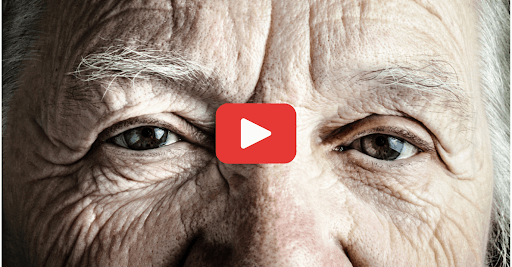Peripheral Neuropathy Exercises (Leg Weakness)
Peripheral neuropathy is a condition causing weakness, numbness, and pain due to nerve damage, often affecting the legs below the knee. Dr. Tom Walters, an orthopedic physical therapist, shares how exercise can alleviate these symptoms and improve everyday function.
Peripheral neuropathy affects the nerves that extend from the spine to the legs, often resulting in pain, numbness, and tingling sensations. Dr. Walters explains how this condition particularly impacts muscle function below the knee, such as the tibialis anterior and calf muscles.
Nerve damage in the lower back is a common cause of peripheral neuropathy, often resulting from diabetes, injuries, or conditions like disc herniation and stenosis.
Dr. Walters' first exercise targets the tibialis anterior. In a seated position, lift your toes and feet, engaging these key muscle groups in repetitions throughout the day to enhance neuromuscular connectivity.
Using resistance bands, further engage calf muscles through ankle planter flexion for enhanced strength. Loop the band around your foot, applying tension, and perform the full range of motion.
Attach a band to a chair or table and pull your foot upwards. This targets dorsal flexors responsible for controlling foot slaps, critical in the walking cycle.
Consciously slow down your walking to allow for proper heel strikes and gradual lowering of your foot, combating foot slap and improving walking rhythm.
Begin with double-leg calf raises using a wall for balance. With incremental strength gains, progress to single-leg raises, ensuring full range of motion for optimal benefits.
From Around The Web
Wellness Inbox is a blog & weekly newsletter that curates trending news and products related to health and wellness from around the web. We also gather content from various sources, including leading health professionals, and deliver it directly to you.
Please note that we may receive compensation if you purchase any products featured in our newsletter. Wellness Inbox is not affiliated with, nor does it endorse, any health professionals whose content may appear in our newsletter. The information provided is for general informational purposes only and should not be considered medical advice.
The information provided is not intended to replace professional medical advice, diagnosis, or treatment. All content, including text, graphics, images, and information available is for general informational purposes only. We do not guarantee the accuracy or completeness of any information presented and assume no liability for any errors or omissions. The content is subject to change without notice. We encourage you to verify any information with other reliable sources and consult your physician regarding any medical conditions or treatments.







